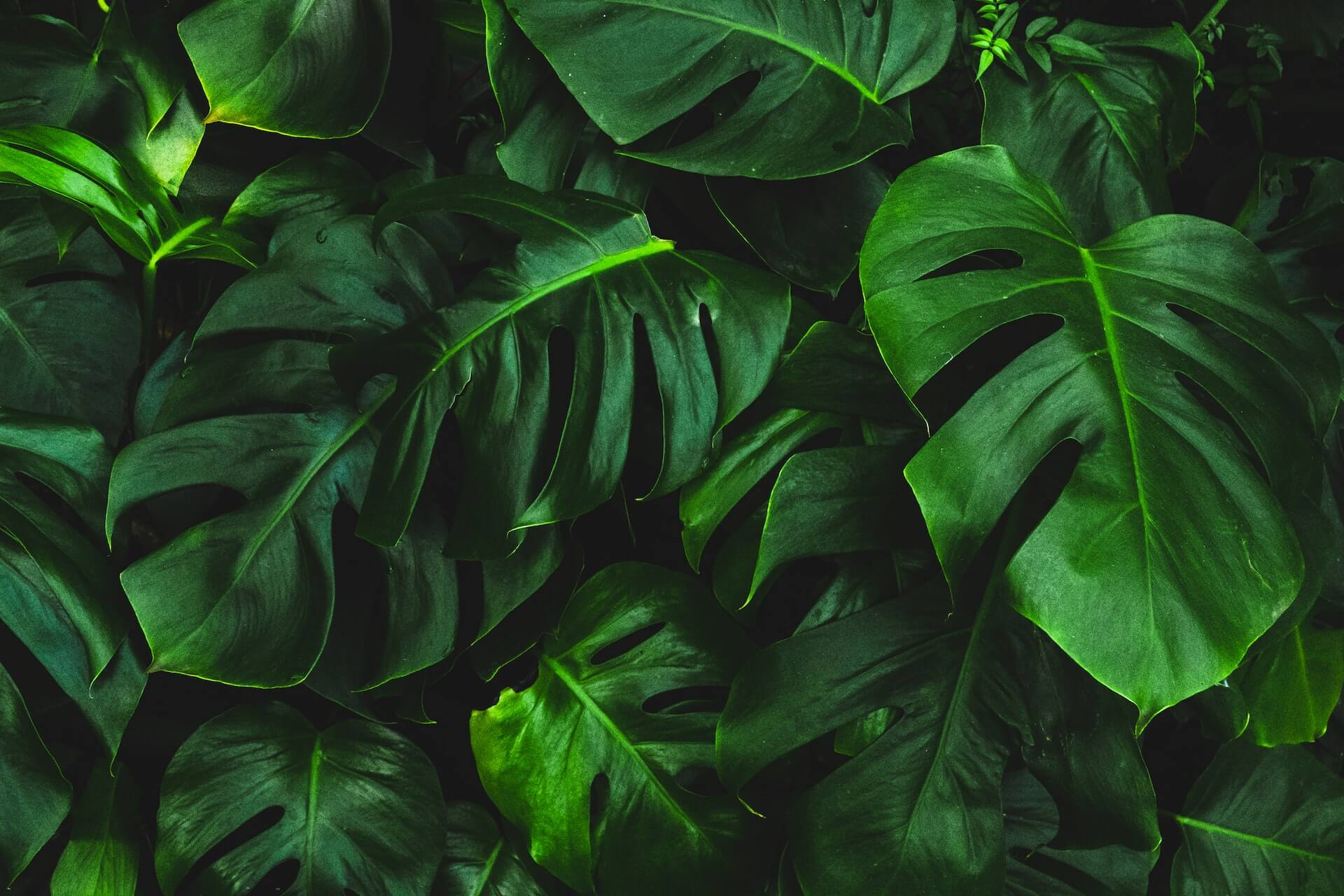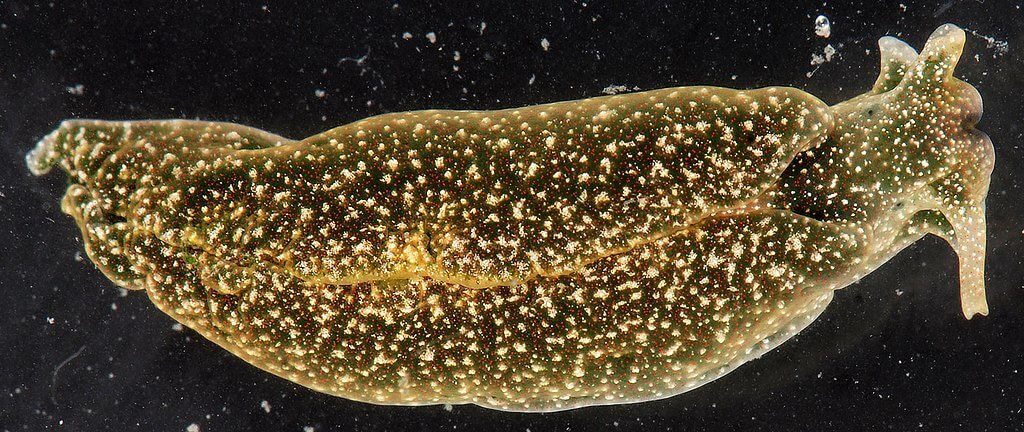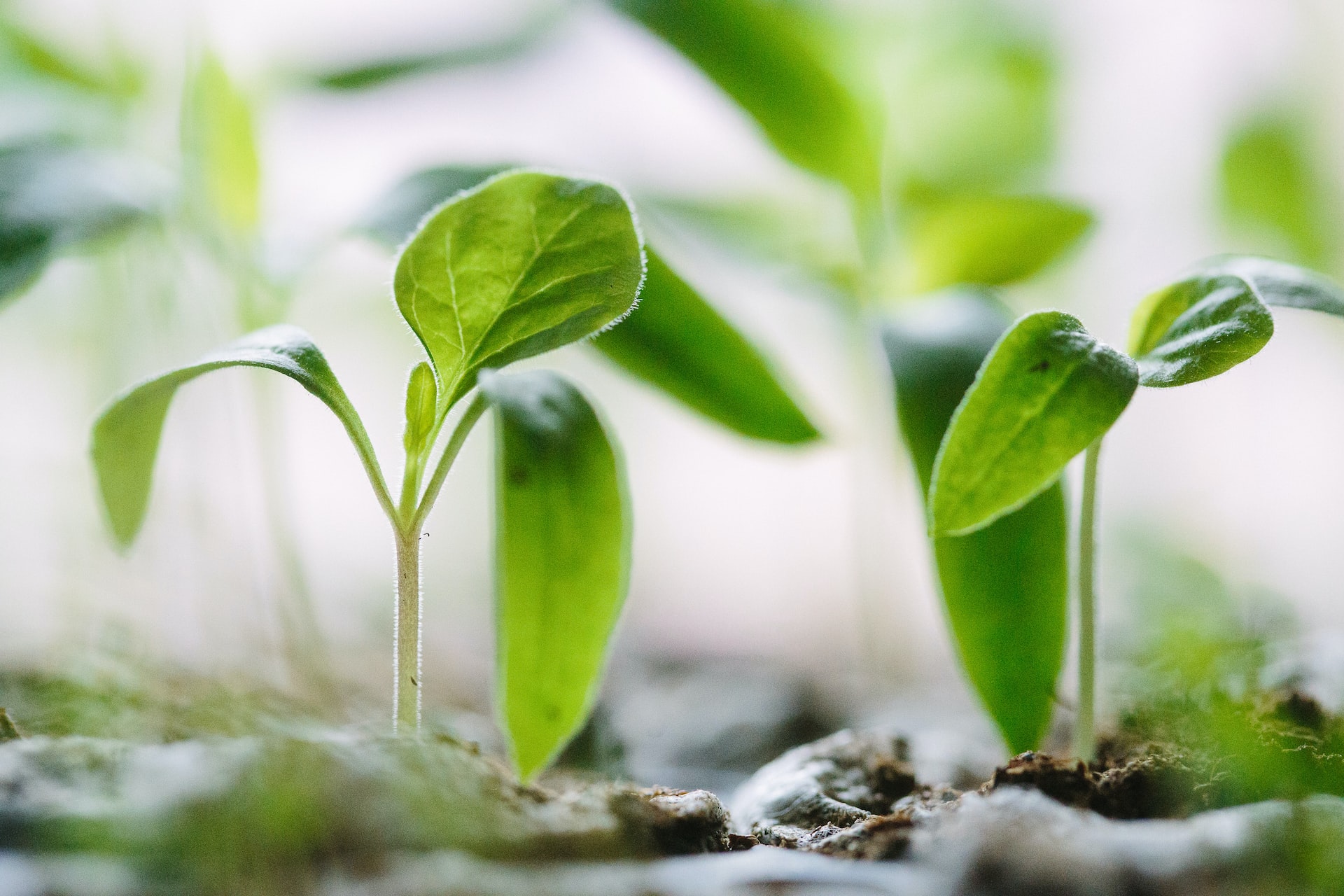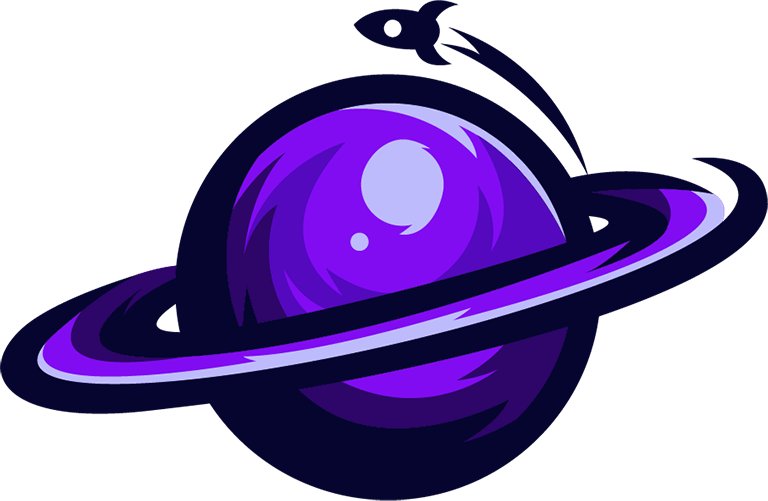Amazing Facts About Photosynthesis
It’s not just light
Video of the day august 3rd 2019
From how photosynthesis saves our planet, to how you don’t technically need light to do the process, join us as we reveal to you 11 amazing facts about the process of photosynthesis.
11. Photosynthesis Isn’t Just For Making Food
When schools teach the process of photosynthesis, they honestly (and logically) break it down into its most basic of things. Mainly, plants use the process of photosynthesis in order to make food for themselves via their internal processes. Thus, with this food they’re able to grow and produce oxygen that helps our planet. And if you were to stop there, you would still be mostly accurate as to what photosynthesis does, but, it’s honestly not the ONLY thing it does. It truly does a lot more.
Mainly, it doesn’t just make food for itself, it also makes Glucose for itself. Which yes, can be a food, but that’s not all the plant uses it for. In some cases, they use the Glucose to help make energy reserves for themselves in case something goes wrong or there isn’t much sunlight for a while. Furthermore, they use the Glucose as building blocks of itself as it grows.
So as you can see, photosynthesis is much more than a one trick pony. It does many things for plants, which is good, because…
10. Without Photosynthesis, Our Planet Would Be Dead
While it may not seem it at first, photosynthesis is one of the most important processes that happens on the planet Earth right now. Sure, on the surface, it seems fair that the process that is used to help plants grow and thrive is necessary for the planet. But it goes beyond that. Think about it, what do plants do? They take in Carbon Dioxide and give out Oxygen, thus allowing our atmosphere to maintain its balance and by extension, allow us to live.
But, a big reason that plants can do that is that they’re able to grow and be strong via photosynthesis. So now imagine that somehow, someway, the process suddenly stopped. Such as if the sun suddenly blinked out of the sky itself. Without that massive source of light, photosynthesis wouldn’t happen, all the plants on Earth (for the most part anyway) would die. And without any plants, Oxygen wouldn’t get naturally produced. So slowly, but surely, all life on Earth that requires Oxygen would die out. Not a nice prospect when you think about it.
So the next time you think about blocking a plant from the sun, or killing one for various reasons, remember, that plant is honestly helping to keep you alive.
9. Photosynthesis Is Part Of The Reason Plants Are Green
When you think of a plant, any plant, you likely think of something that is more-or-less green throughout, right? Well, as you were likely taught in school, part of the reason that plants are majorly green is because of Chlorophyll. Chlorophyll is a green-pigmented molecule, one that lives in great numbers in the Chloroplasts of the plants themselves. And eventually lend the plant its green color. But the reason that this actually happens though is because of photosynthesis.

For you see, the Chlorophyll is what actually absorbs the light from the sun (and other sources) during photosynthesis. Now, light isn’t just one color, it’s actually many across many different wavelengths. This is known as the color spectrum. In regards to Chlorophyll, they’re able to absorb just about every color there is…except for green. And thus they actually reflect the green wavelength. The result of this is what you see in the world today, lots of green plants.
You almost have to wonder what it would be like if they reflected another color instead of green. Guess we’ll never know in our lifetime. Oh well.
8. The First “Proof” Of Photosynthesis
While it’s easy to talk about photosynthesis in our modern age where we know just about everything there is to know about it. That wasn’t always the case. Like with all sciences and processes, photosynthesis had to be discovered by someone. And in this case, the earliest record of photosynthesis being documented can be traced back to the 18th century.
Chemists Joseph Priestley and Jan Ingenhousz were doing a test on a plant and a mouse. They put both in an enclosed jar, and made sure the plant was exposed to sunlight. The mouse started to suffocate, but because of the plants photosynthesis process, oxygen was poured back into the enclosed jar, thus allowing the mouse to breathe.
To be clear, it’s not as though the plant was actually TRYING to save the mouse, it was just doing what its natural processes were designed to do when exposed to sunlight. But still, it worked, and through this scientists learned that plants truly do emit oxygen via exposure to the sun. And this test helped set the stage for many discoveries about plants over the years.
7. Plants Are The Only Living Thing On Earth That Can Create Their Own Food
Think about your life for a second. I do mean this in a schedule kind of way not an “examine your whole life” kind of thing. What are certain things or processes that you do every day without much thought? Breathing, sleeping, moving, and of course, eating. For humans, you have to go and get your own food to keep yourself nourished. True, once fed, your body can take care of the rest, for a short period of time anyway, but when you get hungry again, you have to go and seek out sustenance.
But with plants, it’s the exactly opposite, and it’s all because of photosynthesis. Since this process is what helps them get food in their systems, they honestly don’t have to worry about going out and seeking their food. The only things they honestly need to do the process are water (which most plants can absorb water through their roots), Carbon Dioxide (which is a natural part of the atmosphere) and light (which is always emitted even on a cloudy day).
This makes plants the only living thing on the planet (that we know of) that can truly make their own food without any true effort. As long as they have the materials, they can make as much food as they want. Which is actually why many plants grow to great heights, as they are nourished enough to keep growing no matter what.

6. You Don’t Need Light To Do Photosynthesis
This may seem counterintuitive, because I literally just said in the last entry that you need sunlight to do photosynthesis. And the truth is, for a vast majority of plants, this is 100% true. They NEED sunlight to do photosynthesis. However, as the world has proven many times over the years, just because you think that this is the only to make things like this happen, it doesn’t mean it IS the only way to make it happen. Let me explain.
In the oceans, there are things called geothermal vents. To put it simply, these are openings in the ocean floor that actually emit heat from the Earth’s core. And trust me when I say that these vents are HOT. If a human were to try and go into one of these vents, they would die.
That being said, there are organisms that live in those vents solely off the heat of them. Which is quite a feat when you think about it. What’s more, some of these organisms are plants. Not big ones, but plants nonetheless, and they somehow grow through photosynthesis despite the fact that there is no sunlight in this part of the ocean. Instead, they use the minimal light and intense heat of the vents to go and fulfill the process.
Scientists are feverishly studying this because they honestly aren’t sure how this process is happening in the vents.
Chalk this up to a case of, “The More Your Know.”

5. Different Plants Require Different Levels of Photosynthesis
Don’t let the title of this particular entry confuse you. This is simply a case of size and the types of plants that are in the world today. Think about it like this, if you were going to ‘feed” a plant in your garden, and then go to a tree that is next to your garden and feed that, would you give both plants the same proportions? No, you wouldn’t, because the size and shape of them are vastly different from one another. To that end, while both a tree and a plant both use photosynthesis, they require different levels of the ingredients to do it.
In the case of trees, they need a lot more sunlight in order to grow. Which is why tree branches and leaves are often times twisted and contorted, because they want to ensure that the sunlight reaches them. While simple flowers with their very basic shapes and small stature, only need certain small levels of sunlight to get their processes going and get to growing.
4. Photosynthesis Doesn’t Do Everything A Plant Needs
At this point, you know doubt understand that photosynthesis is an important part of a plants life, as without it the plant can’t make food that it needs to grow. However, that doesn’t mean that photosynthesis is the only important process that a plant does. Rather, it’s actually one part of a two-part process that helps the plant be what it needs to be. You see, photosynthesis is what makes Glucose as I noted earlier, but what happens to the Glucose once it’s made? In regards to photosynthesis, nothing. It’s done at that point. Instead, the Glucose are sent into another process, Cellular Respiration.
In many ways, Cellular Respiration is kind of the opposite of photosynthesis on a very basic level. Mainly because it actually uses Oxygen that the plant makes to crack open the Glucose and make the energy that plants and animals need (in regards to herbivores eating plants for nourishment). So as you can see, plants have to do many things to be “complete”, and each one is vital for the survival of plants, animals, and the environment.
3. Certain Animals Can Use Photosynthesis
Ah, didn’t see that coming did you? Because you all thought that only plants and certain other non-animal things could do the process, right? Well, yes and no. A vast majority of animals honestly can’t use photosynthesis. And more importantly, the few animals that can use it…can’t use it to its full potential. However, they can use versions of it to help enhance their lives in their own way.
A good example of this is a certain species of sea slug that steals photosynthetic organelles chloroplasts from algae and places them into its own cells. Allowing them a second energy source of sorts. The spotted salamander has a symbiotic relationship with algae, using the extra oxygen to supply mitochondria, thus making them stronger. The oriental hornet uses the pigment xanthoperin to convert light into electricity, which it uses as a sort of solar cell to power nighttime activity.
It’s a neat adaptation, and further proof that animals can adapt to survive in some very unique ways. Again, it’s full 100% photosynthesis, but it is something very powerful. And if they can do it, that technically means that other animal species out there can do it do in the right evolutionary conditions. This could change the world theoretically if it’s somehow replicated or spliced in. But for now, that’s science fiction…for now…
2. Oxygen Is Actually A Waste Product In the Process
It’s ironic, isn’t it? When you hear that through photosynthesis plants help make Oxygen that you breathe, you feel happy knowing that plants are keeping the world alive. But the fact of the matter is that this isn’t exactly what is going on per se. They are producing Oxygen, and releasing it into the world today, but only because they actually make too much of it during the photosynthesis process. That’s right, they make so much Oxygen that they just get rid of it.
So technically, Oxygen is their “waste” product. Because they’re just getting rid of it so they don’t have to keep it. Makes you look at it a little differently now, huh?
1. Photosynthesis Almost Wiped Out The Planet
I know this may be a little hard to understand at present, so let me break it down for you. Around 2.5 billion years ago, the Earth was not the place you know now. Life was only beginning to grow in its most basic forms. As for the atmosphere, it was still growing and adapting, and as a result, it was very much devoid of a certain key element that we have now…oxygen.
Which soon became a problem because of something called “The Great Oxygenation”, an extinction-level event on Earth that happened because plants started to learn how to create Oxygen via photosynthesis.
Specifically, when Cyanobacteria came along and started pumping oxygen into the atmosphere via photosynthesis, the bacteria and other microorganisms started to die out.
But that was just the start of the issues ironically enough. The extra Oxygen in the air actually caused the world to freeze! The lands, the oceans, everything started to freeze over simply because Oxygen was in the air, and the planet wasn’t used to that at this point in time in Earth’s history.
Now, obviously, the Earth eventually adapted to it, and all living creatures, plants and animals and other organisms, got used to breathing in Oxygen, setting up humanity for what it is today. But during that brief period of time, the Earth was in danger from the very thing that it counts on today.
subscribe to the insane curiosity channel
Insane Curiosity is a channel of astronomy, physics and future technology, which teach mostly about Space, Recent Space Discoveries/News, Future Events, The Solar System, Exoplanets, Mars, Colonization Plans, etc.). We prepare New videos almost every day. Learn With us and Stay Insanely Curious!

Subscribe For the Latest news & Updates
Subscribe For the Latest news & Updates
Get in touch with the Insane Curiosity Channel. Once in while you will receive emails about news, promos, and much more. Stay Tuned!
Insane Curiosity
Science made easy
All rights reserved
Who we are
Insane Curiosity is a channel of astronomy, physics and future technology, which easily explain science. We need science and science need us!

